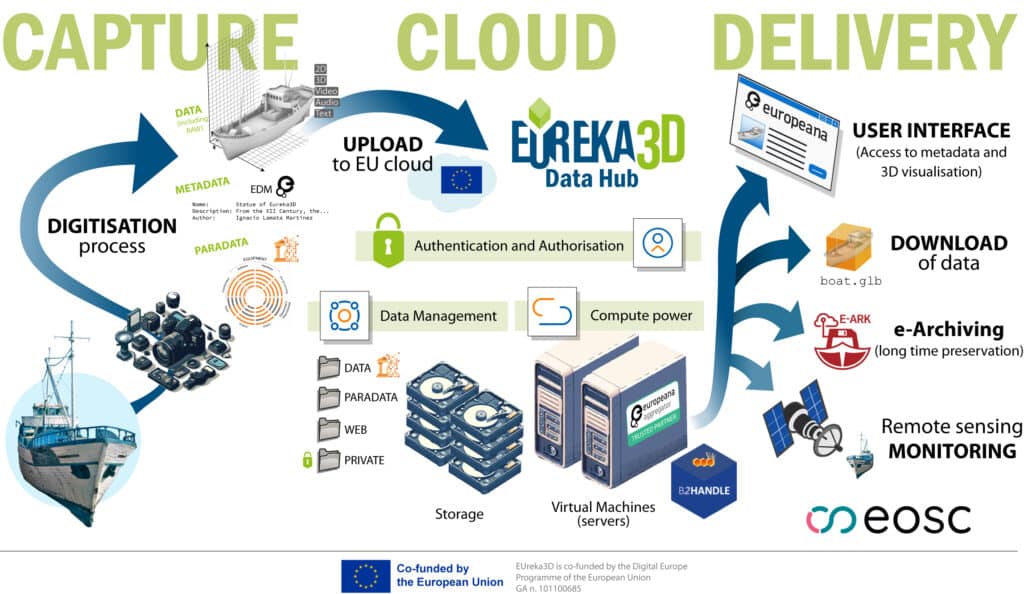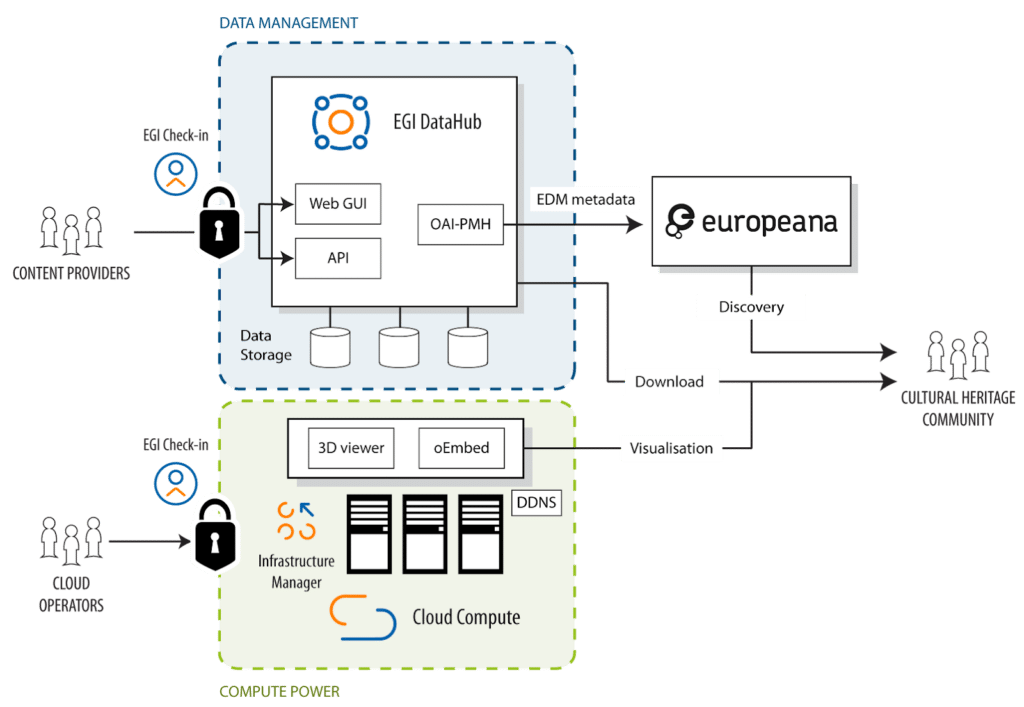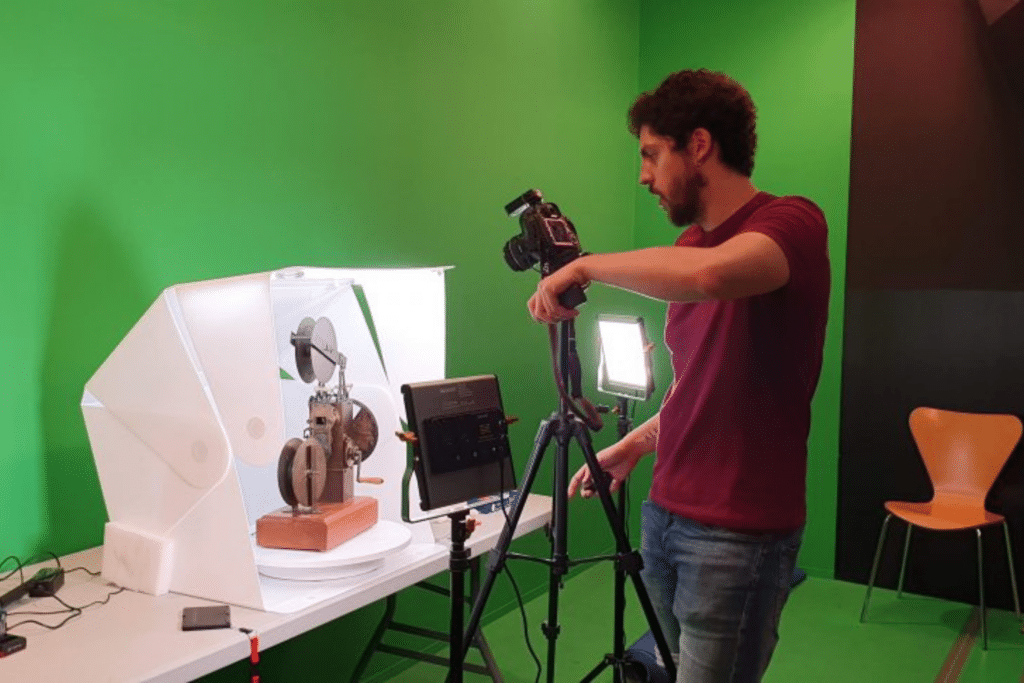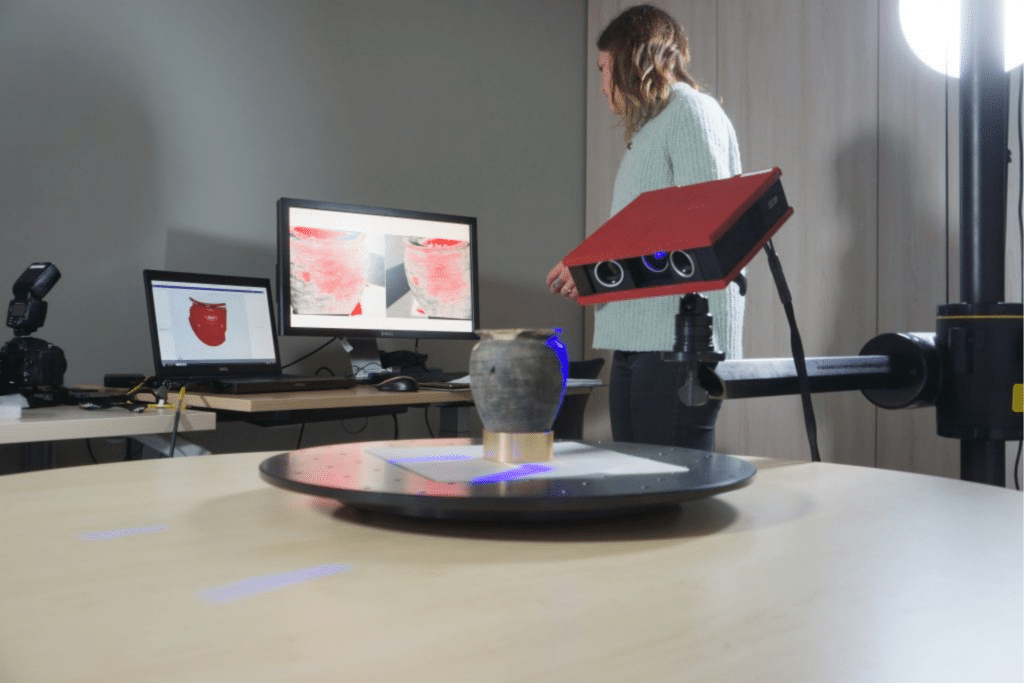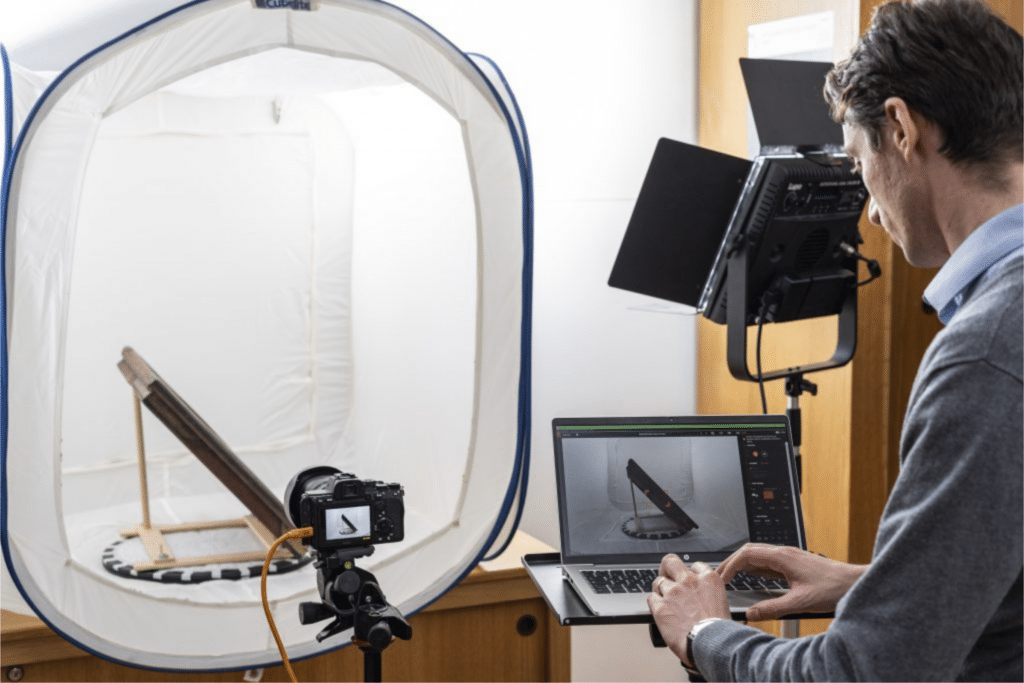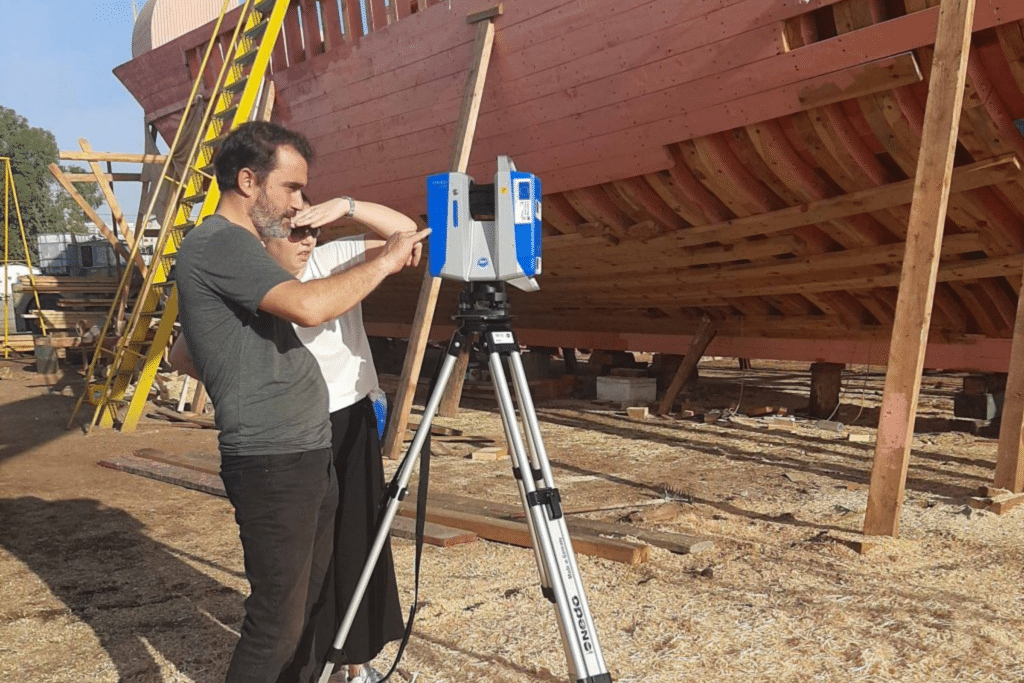There are many challenges associated with the ingestion, processing, aggregation and delivery of 3D content. These challenges stem from the nature of 3D content, current hardware limitations and the quality target set by the VIGIE study, followed in EUreka3D, as it promotes guidelines to ensure the highest level of quality and the best possible outcome. The current capabilities of consumer computers and networks impose limitations and challenges in the design of the EUreka3D platform. Quite often, the processing of 3D data online is done on the client side, so the actual device users use plays a key role. This must be considered when designing 3D experiences, which are affected by network limitations, computer memory or processing capacity.
The 3D industry has greatly evolved over the years but still lacks the standardisation level that 2D content has. This lack of standards for the use of 3D data makes it a challenge to decide on a universal 3D format. There is no complete alignment between the 3D software to process 3D data and the software to visualise or deliver 3D experiences to users. Herein, some content providers may use a format for the archival of 3D data, but this may not be the best choice for visualisation or delivery to end users. For example, OBJ is a widely known format, commonly accepted by 3D software and 3D visualisation libraries. Still, it is less space-efficient for data, making it a poor choice if the data to be sent over a network are too large. Such cases can benefit from a binary format such as PLY. The Nexus multi-resolution format, created by CNR, delivers 3D data more efficiently over the network; however, it is not supported by common software, and current technical challenges make it unsuitable for 3D CAD data. Some algorithms and 3D formats focus on compression ratio, while others focus on performance. It is usually a trade-off: compression makes more efficient use of space (benefiting, for example, the storage or transfer of a file) but increases processing effort (both for compressing and decompressing the data). These are not intrinsic problems for 3D, as 2D content also suffers from them, but they are more prominent in 3D because 3D is more complex in nature, and 3D content requires extensively larger amounts of space than 2D content, which affects its storage, processing and transfer over a network.



